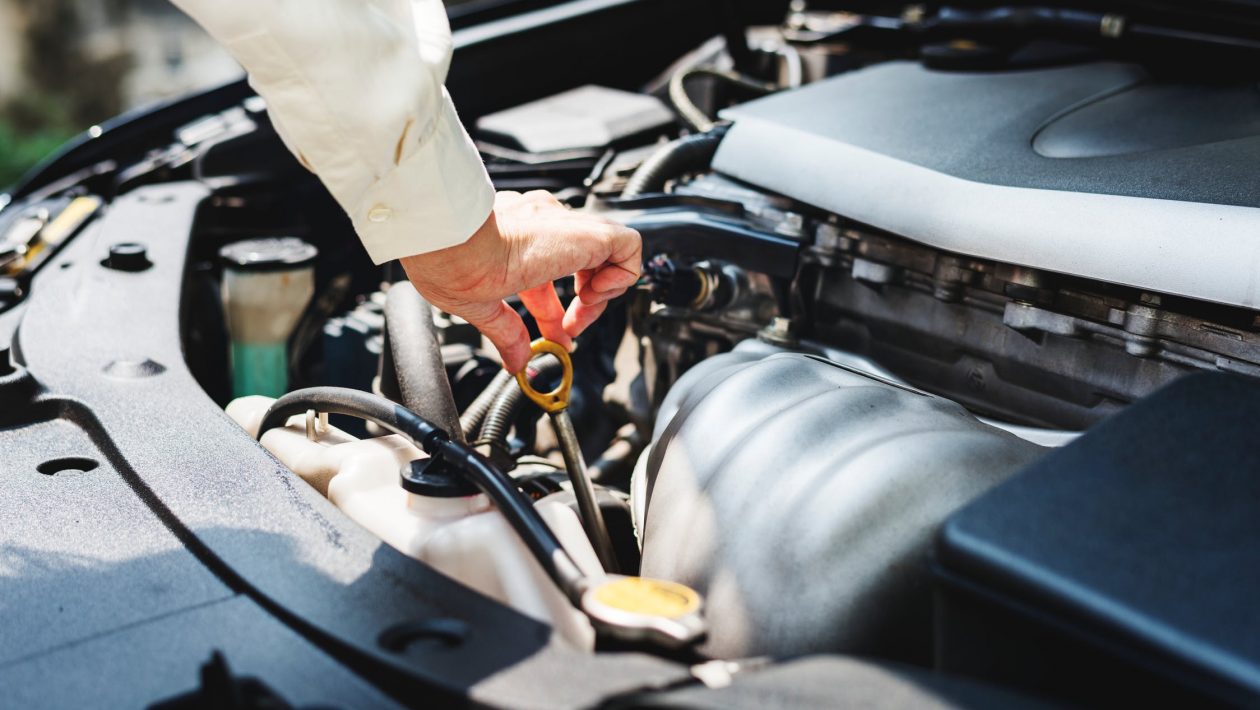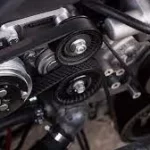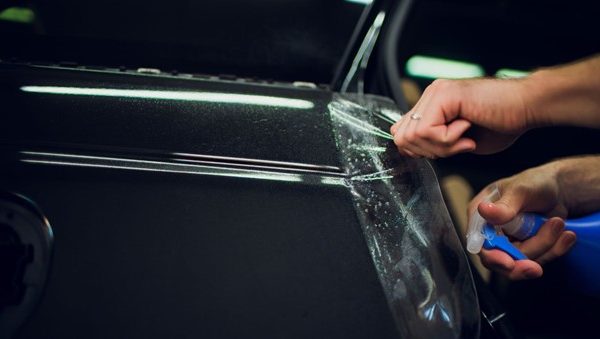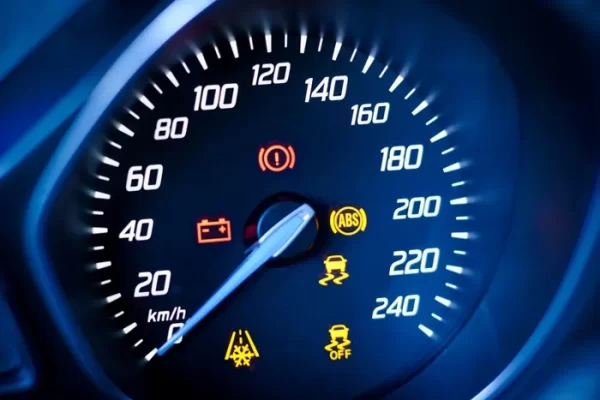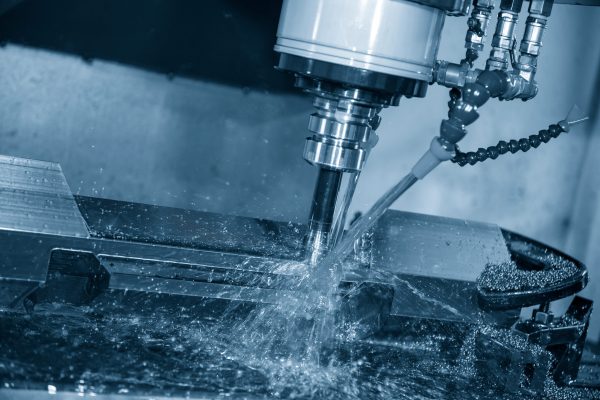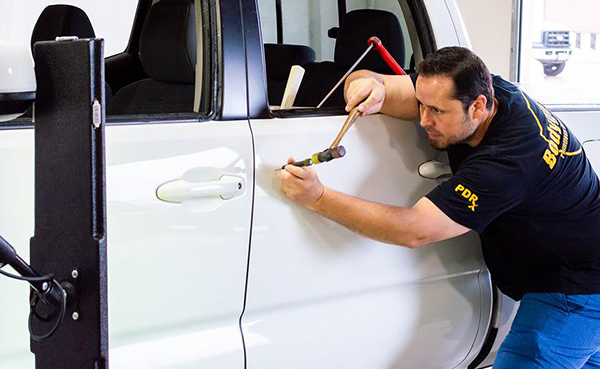The price of buying an expensive thing is not actually purchasing it but maintaining it. Things that have depreciating value like cars and bikes are worse in this scenario as you take care of something that loses value every day. On the contrary, they need servicing – at least way more than what your laptops and cell phones do. For example, you may have to visit your dealership from time to time if you need some as simple as Lexus key replacement finished in a reasonable amount of time.
Contemporary cars come with style, features, and make people want to spend more on services. From changing spark plugs to seasonal coloring, there are things you want to keep on point. Now, spark plugs can go about 1, 00,000 miles before the first change. While the factory rust-through warranties stay for around six years. Electronic ignition is done away with condenser and points, while the chassis and suspension don’t need lube. On average, you can travel for around 2, 00,000 miles with regular maintenance.
What does it take to maintain a car?
A few simple tips listed below gives you an insight into how you can maintain your car before spending big on servicing:
- Check engine oil
Every month you must check the engine oil and see if it is in a good condition. You can make the oil routine to keep a frequent check on this. To do this, keep your car parked at ground level so that you find the correct dipstick reading. Make sure you don’t overfill and fix a leak if you find one.
- Check tire pressure
Before you hit your next road trip or if it’s been a month, you must check the tire air pressure. You need to have a tire-pressure meter/gauge that gives you accurate results and checks inflation pressure in every tire. Make sure you check the spare one too.
People must follow up on this if the tires get cold before you drive the car. Use inflation pressure that is as suggested by the manufacturer of your car and don’t exert maximum pressure on the sidewall of tires.
The suggested pressure reflects on the placard that shows on the front doorjamb or the manufacturer’s manual. Make sure you check tires for uneven wear, sidewall bulges, cuts, and more.
- Wash your car regularly
You need to wash your car once every week and more often if you travel frequently. Wash the external part of the car necessarily, and then wipe the inside. Buy tire cleaners to keep it away from dirt and rock salt. If water beads start getting larger than a quarter you’d know that the car needs waxing.
- Other checks with oil change
Most automakers suggest changing engine oil and filter after driving 7,500 miles or at least in six months. It is adequate for motorists even when they drive roughly or have cold starts. You need to consider the weather condition to keep a check on this too. If you’ve faced a trail towing, the interval must change to 3,000 miles and three months. Special engines might require different care so you need to cater accordingly.
- Check the air filter
Take out the air filter object and hold up for strong light. When you don’t see the light, it’ll indicate replacement. You must follow the service intervals as suggested.
- Check velocity joint boots
For both front wheel and four wheel drive cars, you need to examine the bellow-like rubber boots. These are called CV boots present on drive axles. You must replace the ones that are cracked, cut, leaking, and so on. When there is dirt in the CV joint, the fix can cost you a lot.
- Inspect exhaust system
People who want to do under-car inspections check if you find rust in exhaust parts. These can need replacement and also tighten a loose clamp. Keep the car on ramps when you check this for accuracy and safety. If you ask a shop to change your oil, tell them to go through the checks. Check out the changes in exhaust sound while you drive. You’re advised to replace the complete exhaust system at once rather than repairing one section at a time.
- Look at the brakes
Most people need to visit a shop to check the brakes. If you can manage your own brake work, you need to remove all wheels, examine brake system, and replace pads/linings that have worn out. The brakes need at least one checking in six months but more often if you drive lots of miles.
- Check fluids
Most cars have sealed automatic transmission. For the one that doesn’t have this needs a check on the transmission dipstick. You need to do this when the engine is warm and running. Check the manual, the power-steering-pump dipstick, and also the level of the brake fluid reservoir. If you find the brake-fluid reservoir low, fill it up to the top and check for leaks.
- Clean the radiator
You must remove debris and prevent overheating for doing so. Use a soft brush and wash the external part of the radiator with detergent solution.
- Check batteries
Find out the battery’s cables and terminals to check if they’re properly attached. They shouldn’t have corrosion. Some batteries have removable caps and need the fluid level to be checked in 2-3 months. If you stay in warmer places, do this more frequently.
Aspects that need longer maintenance
The points above showed you frequent maintenance. Now, there are aspects that you have to check every 2-4 years and they are:
- Draining cooling system
You need to drain and flush the cooling system, one is two years. Take the hassle of collecting and disposing of old antifreeze. Most people leave this to servicing experts.
- Change automatic transmission fluid
Most models need you to replace fluid and filter after 36, 000 miles or sooner if the fluid turns brown from pink. With some cars, it can work up to 1, 00,000 miles or more. With late models, transmission fluid shouldn’t be changed.
- Replace hoses and belts
You must replace hoses and belts in every 2-3 years even if they don’t seem to wear out. Some belts tend to get noisy and need adjustment.
- Change the timing belt
If your vehicle has belts and not chains, follow the manufacturer suggested replacement interval of around 60, 000 and 80, 000 miles. You must check the manual or contact the dealer.
These were some of the aspects that you need to consider when buying a car. Maintaining is essential and you must consider this before buying any automotive product.

